Clematis "Innocent blush": description of the variety, rules for its cultivation
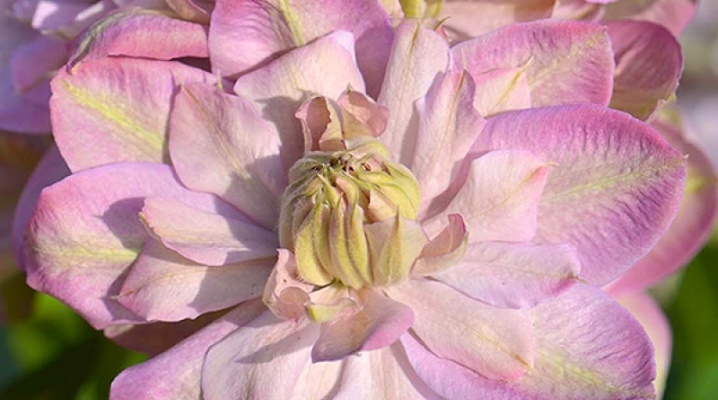
Clematis liana climbing shrub is a favorite plant of all gardeners. It has many varieties that differ in color, size and flower shape. This perennial plant does not cause much trouble to grow, but it can claim to be the most beautiful and long-flowering liana. Clematis differs from other climbing plants for its unpretentiousness, fast growing season and long flowering period. Any support on which it is placed will look unique, wrapped in a delicate, fragrant carpet of greenery and flowers.
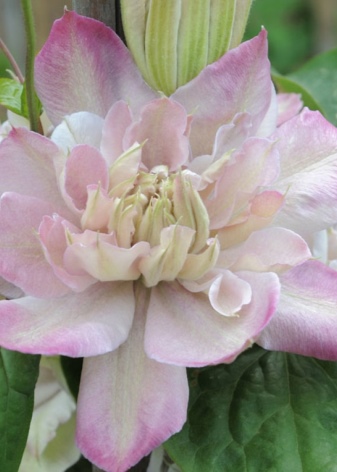
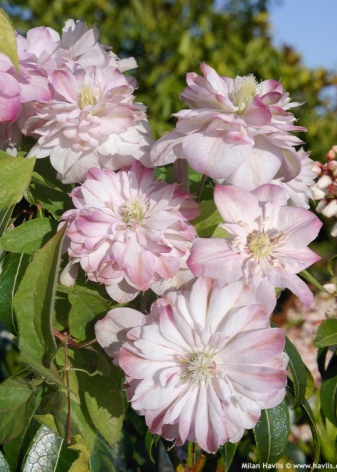
Description of the variety
Clematis variety "Innocent blush" is distinguished by large inflorescences of pale pink or lilac color with yellow veins in the middle of the petal. And along its edges there is a dark pink or purple hue. The core of the flower also has a yellowish color and the same stamens. The plant emits a delicate, pleasant and persistent aroma.
The blossoming buds reach 12 to 18 cm in diameter. The terry texture of the sepals creates additional volume, they look even more attractive. Due to the fact that they are located very closely, it is almost invisible during the flowering period of greenery. The bush begins to bloom from the end of May, and if conditions are favorable, clematis will continue to please the eye until October, with a short break in July.
Clematis bush "Innocent blush" grows in height by 1.5-2 meters. It will look equally attractive both in a single fit and as part of a group composition.

Origin story
"Innocent blush" is a hybrid large-flowered, rather young variety of clematis. It was bred in Poland through a long selection process. The authorship of this variety belongs to Szczepan Marchiński. The Polish breeder was interested in this type of climbing plants back in 1992. He began to grow them and create new types of clematis. More than 40 varieties of these climbing shrubs are the result of his labor. In 2012, clematis "Innocent blush" appeared. He immediately spread widely throughout the world and won the love of gardeners.
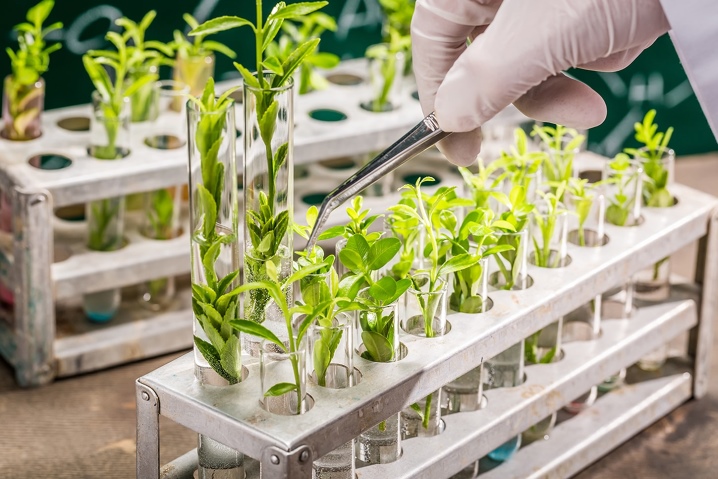
Growing and care rules
Young seedlings are allowed to be planted both in autumn and spring, even before the beginning of the growing season. Loamy soils are the most suitable for this type of plants. It is very important for clematis to provide good lighting; it will not be possible to achieve long and intense flowering in a shaded area. This variety of clematis, like most others, is frost resistant. They can withstand temperatures down to -35 ° C without any problems. There is no need to cover or wrap up the bushes.
"Innocent blush" refers to the plants of the 2nd pruning group. This is a gentle method in which half or only a third of the shoot is cut off. Both young and last year's branches are blooming. First, the shoots of the previous year bloom, and the inflorescences on them are large and have a double texture. And after a while, the buds bloom on the shoots of the current year, but they, as a rule, are simple and a little smaller.

As support structures for flowering clematis, you can use:
- fence;
- mesh;
- arch;
- gazebo;
- terrace;
- house facade.
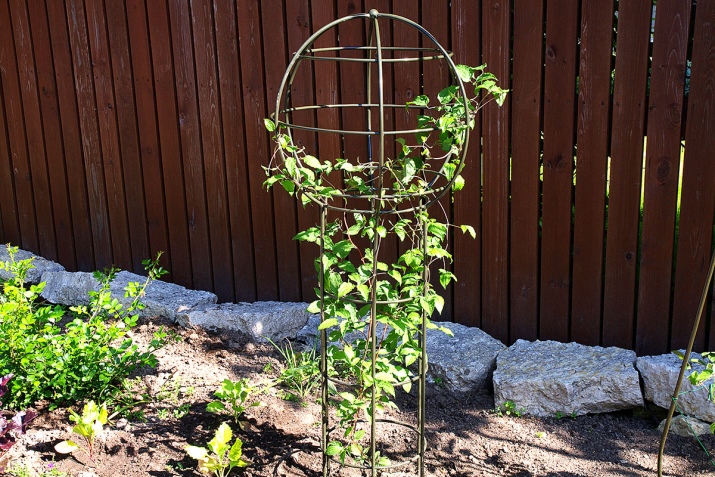
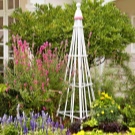

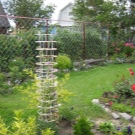
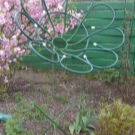

Reproduction methods
Every gardener who has managed to get a rare or extremely beautiful plant variety on his site will certainly want to propagate it. In the case of clematis, this can be done in such ways.
- Cuttings. From the middle part of a 4-year-old shoot, the future seedlings should be cut into a size of 5-7 cm.This is done before the beginning of the growing season. 1 renal node should remain on the segment. First, the cuttings must be kept in a solution of heteroauxin for 3 days, this contributes to the early formation of roots. Then you can plant it on a separate bed, abundantly fertilized with peat and sand. With constantly moistened soil, the cuttings quickly take root and are ready for transplantation to a permanent place by next spring.
- Seeds. Innocent Blush seeds can be sown for germination in mid-March. For this, a box with moist, fertile soil is taken in half with sand, seeds are laid out on top and sprinkled with earth quite a bit. The box should be covered with foil so that the surface does not dry out. The first shoots appear in 3 weeks, but they can be later.
- Layers. For this method of reproduction in the fall, it is necessary to free several extreme vines from a common bush and weave them together. Then lay them in the dug shallow groove, sprinkle them with peat and earth on top. Starting in spring and throughout the entire season of active growth, the cuttings need abundant watering. In the fall, the seedling material is ready for further use.
- By dividing the rhizome. As the clematis bushes grow older, it becomes possible to separate them. It is not necessary to dig up the entire plant. In the spring, before bud break, it is necessary to undermine the root on one side and carefully detach part of the bush. Then you can transplant it to the desired location.
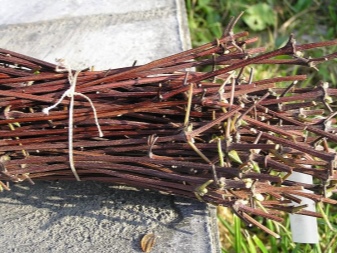

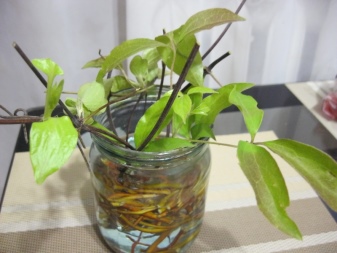
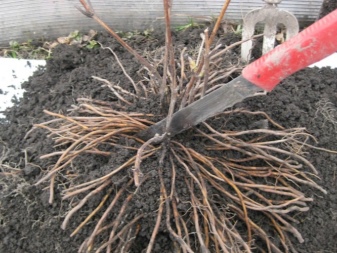
Disease protection
Clematis varieties "Innocent blush", like many climbing shrubs, susceptible to such diseases:
- powdery mildew;
- gray rot;
- wilt or wilting of shoots;
- ascotichosis;
- rust.
Wilt is the most dangerous and sudden illness among those listed. It develops very rapidly and can spread to the entire shrub at the same time. The affected lashes will have to be removed, and the plant should be sprayed with preparations containing copper. Bordeaux liquid or copper sulfate is necessary to process the root hole and shoots annually in spring and autumn for preventive purposes.
Clematis, adjacent to delphinium, phlox, peonies or sweet peas, can become infected with yellow mosaic of leaves from them. This disease is incurable, then the bush will have to be destroyed.
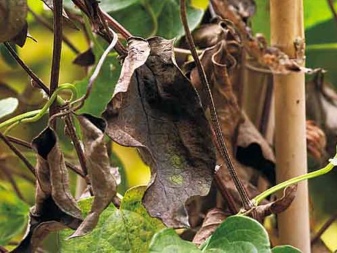
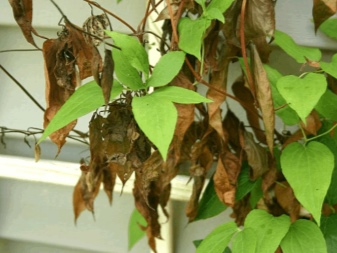
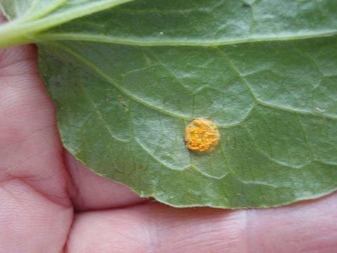
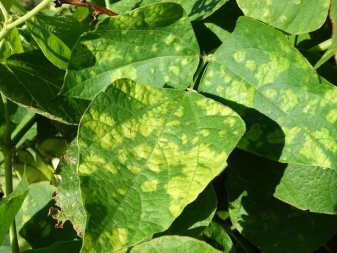
Pest control
Pests, from which clematis suffers:
- slugs;
- aphid;
- spider mite;
- bear;
- rootworm nematode.
The latter is the most invisible and at the same time the most dangerous parasite. This little worm takes root and begins to multiply in it. Over time, the root turns into a shapeless mass, and the vine dies. To combat these pests, there are special preparations - nematicides.
Correctly selected neighboring plants will help to resist harmful insects in a natural way. Marigolds, coriander, parsley, calendula have a positive effect on clematis.
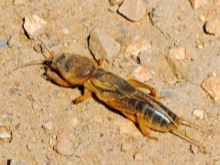


For other varieties and care of clematis, see below.







































































































The comment was sent successfully.